
The St. Charles Avenue Streetcar in New Orleans is an iconic image frequently found in tourist brochures of the Crescent City. But the old green railcars are also a national historic landmark.
You would have to be more than 90 years old to remember a time when these street cars were not rolling up and down St. Charles Avenue, and the rail line has been around twice that long, dating to 1835. This is the oldest continuously operating city rail line in the world.
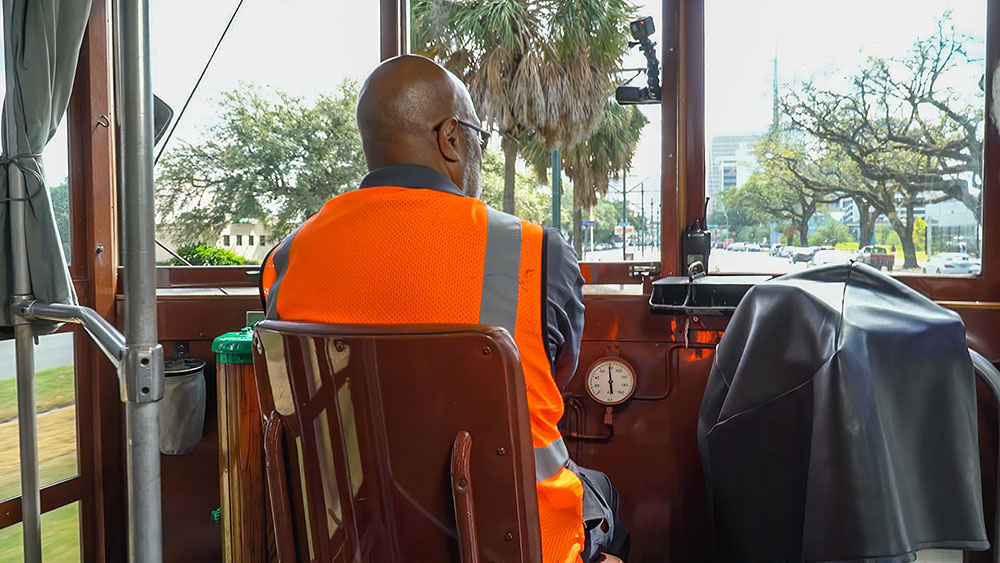
Clarence Glover is a car operator and trainer for the New Orleans Regional Transit Authority, and has been driving a streetcar along St. Charles Avenue for more than thirty years. “The best part about this job is meeting the people,” Glover explains. “I was working for a bank and there were no windows in the bank. And one day I looked out the window and saw a streetcar and I decided I needed a change. And I got the job and I’ve been here ever since.” Glover is now surrounded by windows on a 13-mile-long route that runs the length of St. Charles Avenue. “Just driving down this street I saw something different every day,” Glover said, “and I just fell in love with it”.
These streetcars were built by Perley Thomas Car Works in North Carolina. They rolled into service in New Orleans in 1923, and 35 of those original cars are still in service today. They are a national historic landmark, one of only two movable historic landmarks in the country. The other is the San Francisco cable car.
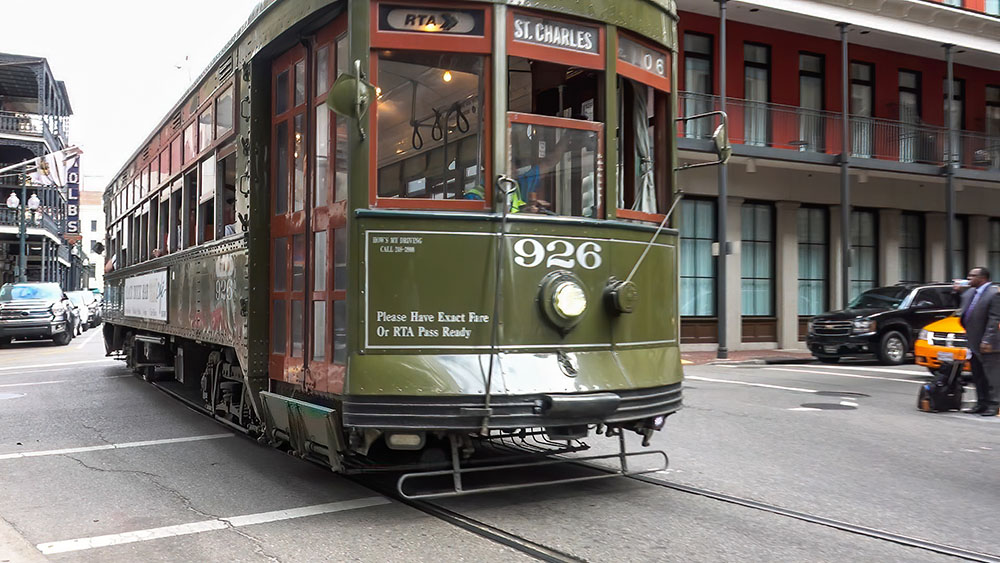
Little has changed in the last century. The old cars are well-maintained and keeping them running is a skill that’s been passed down through generations of mechanics and electricians.
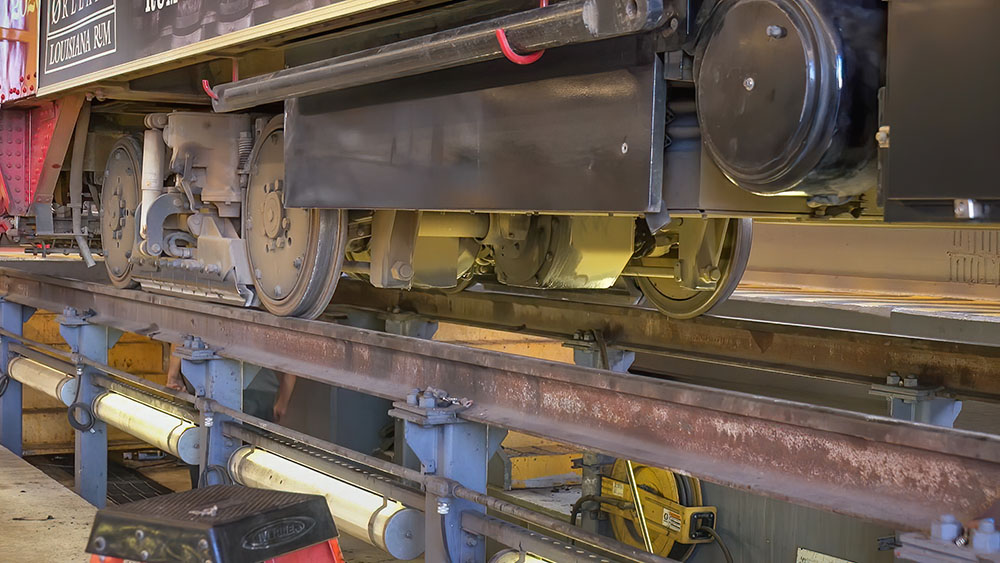
“There’s not really a book that you can go to and learn how to rebuild or to do certain things”, explains Keith Wiltz, a rail electrician. “It was like a hand-to-hand teaching.” The electrical systems are so old that you can’t buy factory parts. “In the shop we have to grind or cut or modify whatever parts we get to make it retrofit, to make it fit our applications”, Wiltz said.

The earliest streetcars were steam-powered, then horse-drawn, and in 1893 they switched to electric motors. The top speed of today’s electric powered streetcars is 27 miles per hour.
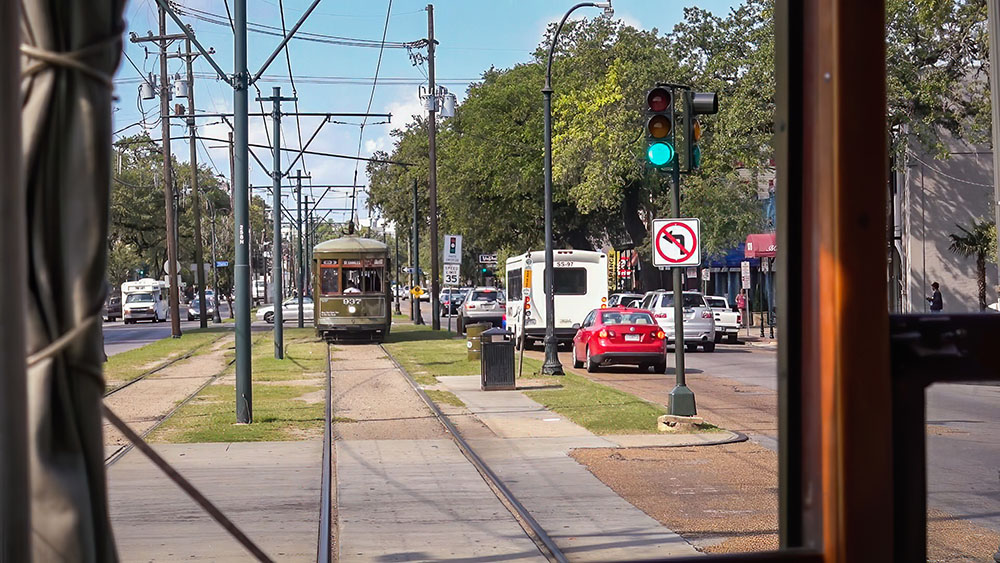
The streetcars are a major New Orleans tourist attraction. But they have also been a reliable commuter rail system that provides continuous rides along one of the grandest avenues in New Orleans.
201 Saint Charles Avenue, New Orleans, Louisiana

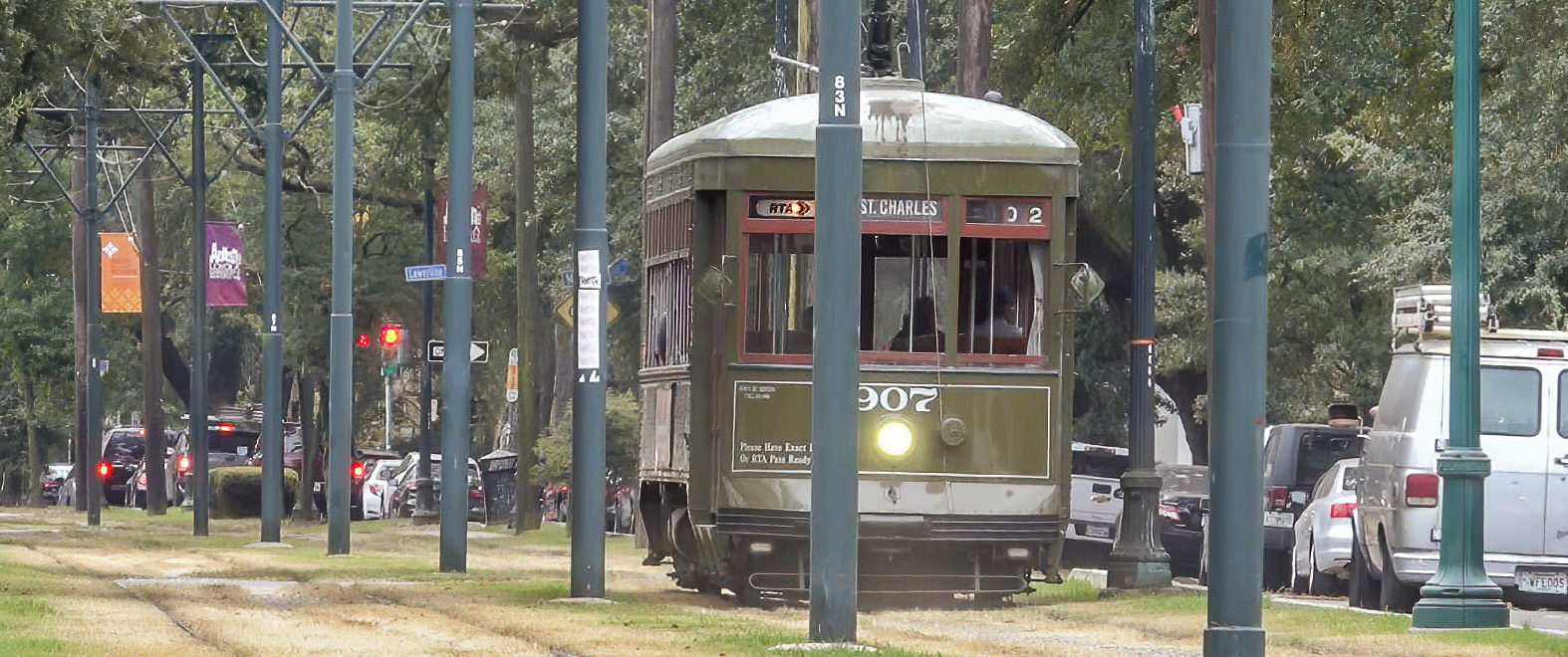
Coleen Landry
My father was a street car conductor when he and my mother married. She would ride round and round the “belt” in evenings in the streetcar so she could spend some time with him. This was in 1913.
Dave McNamara
Wow! What a wonderful story. 1913 was ten years before the current Perley A. Thomas streetcars went into service in New Orleans. That North Carolina company is still around today. They manufacture the Thomas Built school buses, a leading manufacturer of school buses in North America.
Thanks Coleen